CBD oils and capsules are receiving an inordinate amount of attention in the world of sports, and running is no different. CBD has been removed from the list of banned substances by the World Anti-Doping Agency and iRun devoted half an issue to what the legalization of cannabis might mean to runners. Lowell Greib is the medical director of the Toronto Marathon and Anthony Almada is a co-founder of the International Society of Sports Nutrition and will be co-leading a new international trade organization centred on the applied chemistry, biology, and intellectual properties of Cannabis and cannabinoids. Here they collaborate on 10 Things You (Maybe) Didn’t Know About CBD.
1. CBD lacks scientific evidence to support enhancement of recovery or muscular performance: Anecdotes and testimonials abound for both Cannabis [inclusive of (-)-∆9-THC, or “THC”] and Cannabis that is very low in THC (e.g. industrial hemp), but that’s it. To date there do not appear to be any published placebo-controlled studies in humans looking at the effects of CBD-centric products—vape, smoke, or oral ingestion forms (and thus very low or “undetectable” in THC)—on measures of recovery from intense or exhaustive exercise, or performance enhancement. However, the absence of evidence does not equal the evidence of absence. Evangelism eclipses evidence here.
2. CBD is psychoactive, but it does not create a “high”: CBD is often described as not being psychoactive but it can have a prominent effect upon one’s psychological state, or mood, including modifying anxiety and reducing fear. The psychoactive, intoxicating poster child for Cannabis, and, possibly, certain types of hemp, is a signature of CBD’s cousin, THC. Caffeine, melatonin, ephedrine, and alcohol are other examples of legal psychoactive agents, Natural Health Products, or drugs, even though they also can occur naturally.
3. CBD can/may elicit mild adverse side effects: Anything can be toxic. Even too much of the purest water, over a short time period, can be toxic or lethal. From clinical studies done with “CBD” [see below] a number of adverse effects have been observed, primarily among children with seizures who have used CBD for months: sleepiness, diarrhea, appetite suppression, fatigue, fever, mild liver injury. Other studies in adults are remarkable at the mildness, if any, of adverse side effects. Note: we don’t know enough about CBD interacting with Rx drugs, in humans.
4. The only form of “CBD” that has been shown to be safe and effective is not on the market: The overwhelming majority of the evidence—derived from clinical studies done in humans (and published in scientific journals) that are ingesting, vaping, or even topically applying CBD (a study this year showed promise for acne)—relates to use of an ultra pure form and specific chemical structure or “shape” of CBD (see #6 below), unaccompanied by other Cannabis chemical compatriots e.g. other cannabinoids, terpenes, flavonoids, etc. Again, no evidence does not mean a lack of efficacy or “unsafety”—there’s just no scientific proof…yet.
5. Each CBD-centric product is different from the other: Plants are natural pharmacies, creating hundreds to thousands of molecules in a leaf, stem, root, flower, etc.: they harbour poly-molecular “cocktails.” A university-based expert in Cannabis chemistry recently asserted that there are over 1,000 unique (known) chemicals inside. One thousand. The Herculean task for any brand making a CBD-centric extract from hemp is to “fence” in each harvest of plants and reproduce the same cocktail of plant chemicals, each time. Like snowflakes, and wines originating from the same region, no two are alike. At this stage of chemistry technology, some commercially available CBD-centric products have confirmed a fingerprint but there are ten fingers. The pharmaceutical companies have it down—they sell 98-99+% pure CBD (from Cannabis or synthetic). The non-pharmaceutical products have yet to confirm and reproduce a handprint on each batch.
6. The “shape” of CBD found in non-pharmaceutical, commercial products is untested and thus, unknown: Cannabis/hemp flower (bud) contain dozens of naturally occurring “active” ingredients that have distinctive “shapes,” including some terpenes. These shapes dictate the degree of activity of CBD (and THC), or if it exerts a totally different action. Virtually all of the clinical studies done with “CBD” have knowingly used one shape of CBD (both CBD and THC can occur in four potential shapes, in differing ratios). There do not appear to be any commercial, non-pharmaceutical (non-drug) products where the shape of the CBD is known (or tested) in each proprietary blend. The performance of special analyses to confirm batch to batch molecular reproducibility is seemingly not being completed.
7. CBD does not come from hemp seeds nor other, non-flower parts: A number of companies claim that their CBD extract is derived from hemp seeds only, or from the non-flowering parts of the plant. The only part of the plant that “manufactures” cannabinoids in any appreciable amount is the flower (tech term: inflorescence). If a product or company claims a CBD content, or has a non-descript number on the front of the label (usually tinctures), e.g. “250 mg,” but are stating that it is from hemp seeds and/or hemp stalks and leaves only, they are operating from a different rule book.
8. We do not know what inside the many CBD-centric products is promoting the positive effects: Very, very few CBD-centric products (in any delivery form) contain only “CBD”—the vast majority have other cannabinoids, terpenes, flavonoids, and other goodies in the mix. Not unlike medicinal plant extracts, or Natural Health Products where many ingredients are combined “synergistically,” many CBD-centric products claim to have a “full spectrum” extract, and that this cocktail has a synergistic or so-called “entourage effect” (which has yet to be tested and proven in human studies). When a full militia is firing their diverse weapons one cannot discern the smoking gun. Could it be a single cannabinoid sniper, a troop of terpenes, or a masterfully coordinated interplay in the body’s battlefield? Some may not care but nobody knows…yet. If a company does have the human evidence, why would they hide it?
9. CBD is allowed in drug-tested sports: The World Anti-Doping Agency (WADA), the preeminent governing body of drug testing and policy in global sports, removed CBD from the “WADA List” in 2018. THC and other cannabinoids, synthetic or plant-derived, remain on the Prohibited List for “In Competition” use, i.e. ≈ 12 hours before a competition begins through the awards ceremony and associated biological samples (urine, blood) collection time. Hint: Don’t party until the awards ceremony is over and you’ve left the venue…
10. “No THC” does not always mean NO THC: As in virtually every class of consumer goods, quality is (in part) determined by the quality controls and assurances in place, before it leaves the factory. Recent studies conducted by the US FDA, and numerous other university studies, have shown that some products claiming “No THC,” do indeed have THC. A close colleague of ours, who leads the most active WADA accredited drug testing lab in North America, recently shared this with us: Only one of the dozens of “zero THC” CBD products they have tested (for a large sporting body) was confirmed to have undetectable THC. Maybe not enough to have an adverse result in a drug-tested race but maybe enough to have the HR office at your work ask you to meet with them after you empty out your desk…
Conclusion.
Be safe out there. We are in the nascent stages of our knowledge of CBD-rich hemp extracts. There are lots of products and lots of good may yet come out of these products. Just know that evidence-based research is still being developed. If experimenting, please err on the “less is more” and “low and slow” principles.
Anthony L. Almada, MSc, FISSN: Almada performed his graduate research in nutritional and exercise biochemistry at the University of California, Berkeley. He has co-founded several sports nutrition and medical foods companies and has collaborated on over 50 university-based clinical trials. He is the co-founder of the International Society of Sports Nutrition and will be co-leading a new international trade organization centred on the applied chemistry, biology, and intellectual properties of Cannabis and cannabinoids.
Lowell Greib, MSc, ND: Dr. Greib raced as a professional ultra distance mountain biker, while completing both his degree in Biochemistry/ Biotechnology and his graduate research in analytical chemistry at the University of Waterloo. While completing his 4 years of medical training at the Canadian College of Naturopathic Medicine, he founded (and subsequently directed) the Sports Medicine Program. His academic positions include the Canadian Memorial Chiropractic College, National University of Natural Medicine and the University of West Indies where he teaches methodology to improve athlete performance. Greib is president of The SportLab, which offers consulting in Sport Nutrition and Sport Therapy to active individuals including Professional, Olympic, X-Games and Occupational athletes.
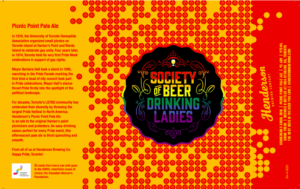

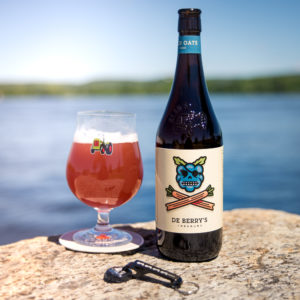




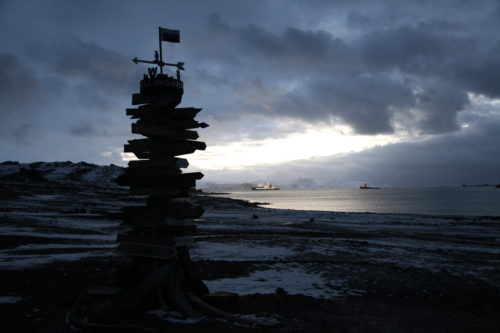
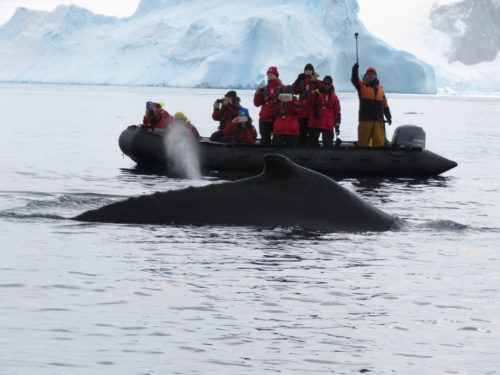





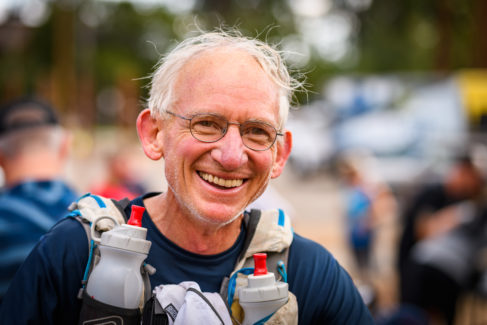


 INGREDIENTS
INGREDIENTS
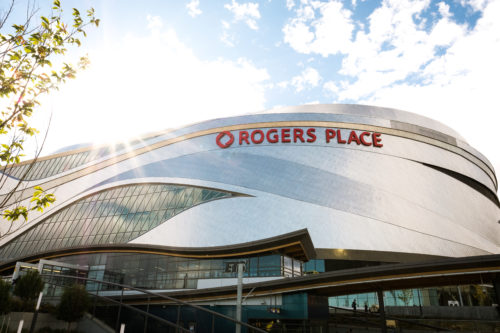 TWO: Edmonton has the sleekest barn in the show. Head to the ICE District downtown and take in the architectural and technological marvel known as
TWO: Edmonton has the sleekest barn in the show. Head to the ICE District downtown and take in the architectural and technological marvel known as 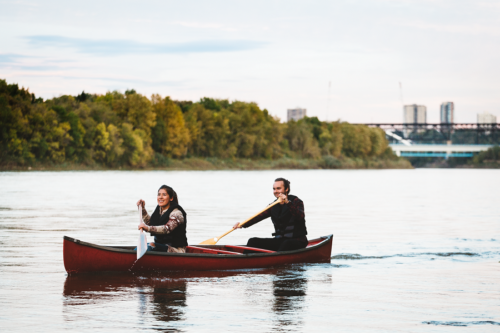
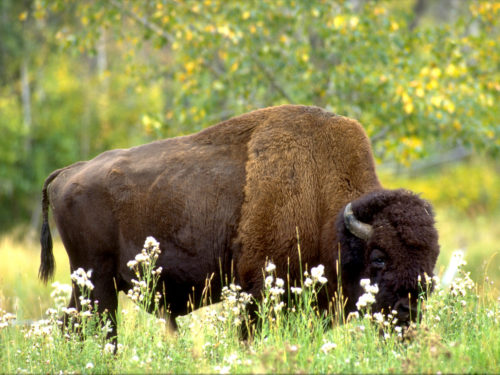
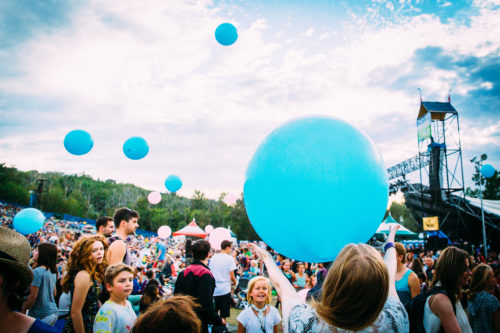
 Our Magazine
Our Magazine
